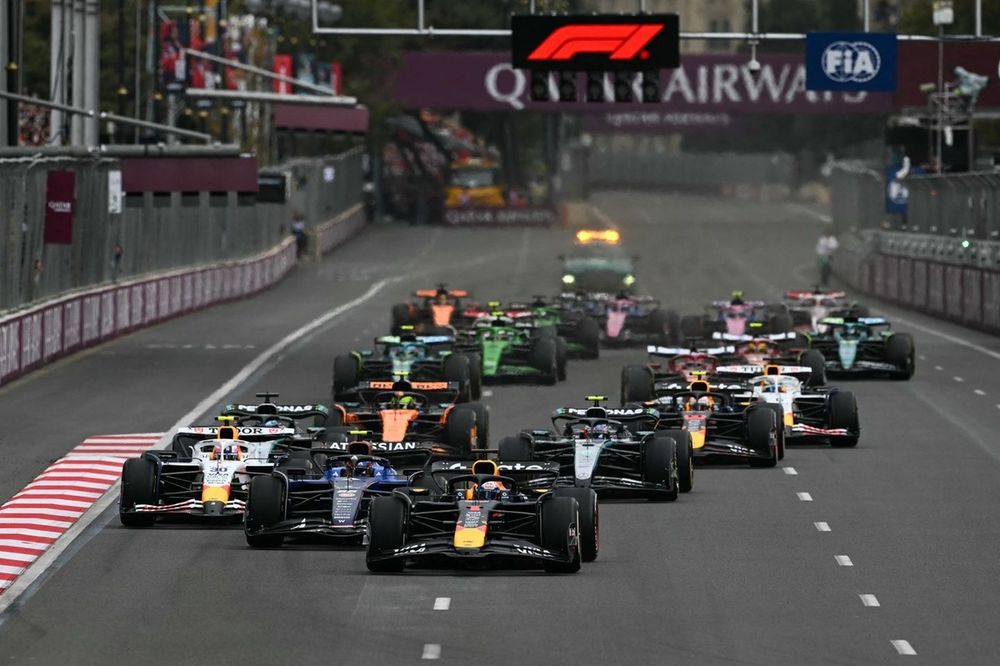
Alpine's Mexico GP Woes: A Perfect Storm of Altitude, Cooling, and Power Issues
Alpine's performance at the Mexico City Grand Prix was severely hampered by a combination of the circuit's extreme altitude, critical cooling challenges, and an underperforming power unit. The team's A525 car struggled to find pace, with both drivers finishing at the back of the pack, highlighting the intricate difficulties of racing at the Autódromo Hermanos Rodríguez.
Why it matters:
Formula 1's Mexico City Grand Prix presents unique technical hurdles due to its high altitude, which significantly reduces air density. This not only impacts aerodynamic downforce but also creates immense cooling challenges for engines and brakes. Alpine's struggles underscore how critical it is for teams to optimize their car design and strategy for these specific conditions, and how a failure to do so can derail an entire race weekend.
The Details:
- Thin Air Impact: Mexico City's air density is roughly 30% lower than at sea level. This drastically cuts aerodynamic load to about 65% of normal levels and severely impacts heat exchange, making cooling a major concern.
- Cooling Overload: Cooling becomes a serious challenge, particularly for brake drums. Paddock information suggests Alpine was heavily compromised by these issues, leading to reduced braking efficiency and increased tyre temperatures due to heat transfer from the brakes to the rims.
- Tyre Management: The heat build-up through the brake drums likely increased tyre pressures, which reduced the contact patch and accelerated degradation. This added significant complexity to tyre and stint management for Pierre Gasly and Franco Colapinto, who finished P15 and P16 respectively.
- Power Unit Deficit: The A525's power unit appeared noticeably down on acceleration compared to rivals, particularly losing ground on the main straight, a critical section in Mexico. This suggests a continued performance gap and potential issues with energy recovery efficiency.
- Design Mismatch: The A525's design philosophy, known for generating strong downforce, became a limitation. In the low air density of Mexico, the team could not exploit its natural aerodynamic advantage, as the thin air rendered much of that downforce ineffective.
The Big Picture:
Alpine's difficult Mexican weekend was a culmination of several factors: underestimating cooling requirements, a chassis concept ill-suited to the circuit's characteristics, and a power unit that continues to lag behind competitors in outright performance and energy recovery. This multidimensional challenge highlights the delicate balance required to succeed in Formula 1, especially at unique venues like Mexico City.
What's next:
For Alpine, a thorough review of their car's cooling solutions, power unit performance, and aerodynamic philosophy will be crucial. The team needs to address these fundamental issues to avoid similar setbacks at other high-altitude or cooling-sensitive circuits in the future. Learning from this weekend's comprehensive struggles will be key to developing a more adaptable and competitive package for upcoming seasons.
Original Article :https://racingnews365.com/explained-alpine-severely-impacted-by-multiple-issues-...










